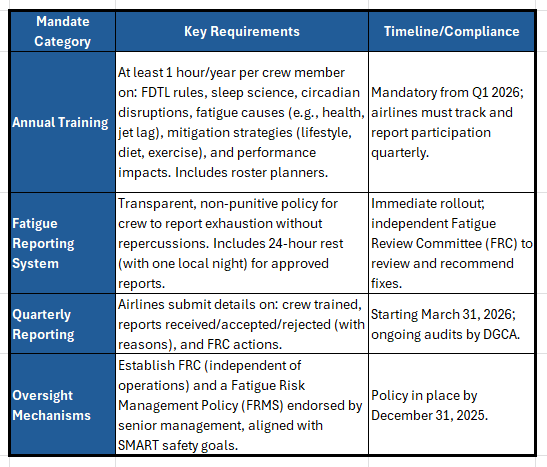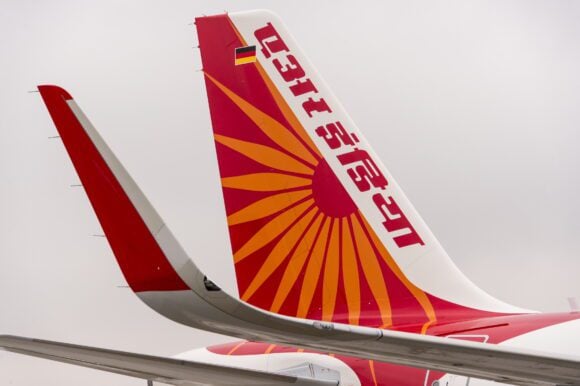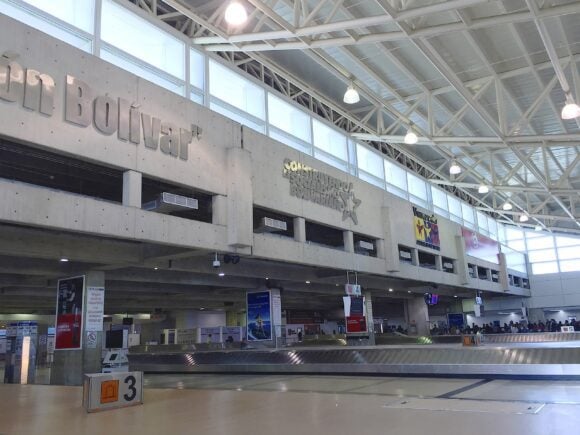
dgca logo
India’s Directorate General of Civil Aviation (DGCA) issued stringent new guidelines to combat crew fatigue in India’s booming aviation sector. Rapid growth has intensified concerns over pilot and cabin crew exhaustion.
Announced November 25, 2025 (via a circular dated November 20), these measures build on phased revisions to Flight Duty Time Limitations (FDTL) implemented earlier in 2025, following pilot union complaints and a Delhi High Court ruling. The rules emphasize proactive training, reporting, and oversight to enhance flight safety, especially amid increased night operations and long-haul routes. Below, I break down the key elements, rationale, implementation, and broader context.
Announcement and Timeline
The guidelines were publicly detailed on November 25, 2025, after a DGCA meeting with airlines and pilot associations in New Delhi. This followed recent tweaks allowing more night landings (up to three between midnight-1:55 a.m. or 5-6 a.m.) and extended duty for Boeing 787 flights, which sparked fresh fatigue debates.
These build on July 1, 2025, FDTL updates (15 clauses) and November 1, 2025, enforcement of the remaining seven, including 48-hour weekly rest and capped duty at flight time plus one hour. Initial resistance from IndiGo and Air India was overruled by court order.
Core Mandates
The rules target pilots, cabin crew, schedulers, and dispatchers, requiring airlines to integrate fatigue management into daily operations. Here’s a summary:

These apply to all scheduled Indian carriers, with DGCA emphasizing “proactive identification and mitigation” of risks.
Rationale and Safety Impact
Fatigue has been a flashpoint in Indian aviation, with unions like the Indian Commercial Pilots Association (ICPA) citing “inhumane rosters” leading to chronic stress and errors—echoing global incidents like the 2023 Alaska Airlines fatigue probe. DGCA data shows a 20% rise in fatigue reports since 2024, amid 15% annual traffic growth.
The new rules aim to:
- Reduce accident risk: Studies cited by DGCA link fatigue to 15-20% of aviation errors.
- Align with international standards by mirroring FAA/EASA FRMS, but with India-specific tweaks for high-density short-haul ops.
- Address post-COVID surge: Expanded fleets (e.g., IndiGo’s 1,000+ aircraft goal) that has strained staffing.
A DGCA spokesperson noted: “These measures prioritize crew well-being to ensure safer skies, especially with winter peak travel.”
Industry Response and Challenges
- Airlines are mixed—IndiGo and Air India welcome training but worry about costs (estimated IR500-1,000 crore industry-wide for compliance). They advocate for FRMS flexibility over rigid limits.
- Pilot Unions are obviously positive, with ALPA calling it a “long-overdue win,” though they push for no further exemptions.
- Potential Hurdles: Implementation delays due to trainer shortages; DGCA plans audits starting 2Q26. Analysts predict 5-10% staffing hikes for compliance.
This initiative positions India as a leader in fatigue mitigation in Asia, where similar rules lag in markets like China. This is a great step forward for India’s rapidly growing aviation market and crucially important given that nations’ airline ambitions.
Views: 2




